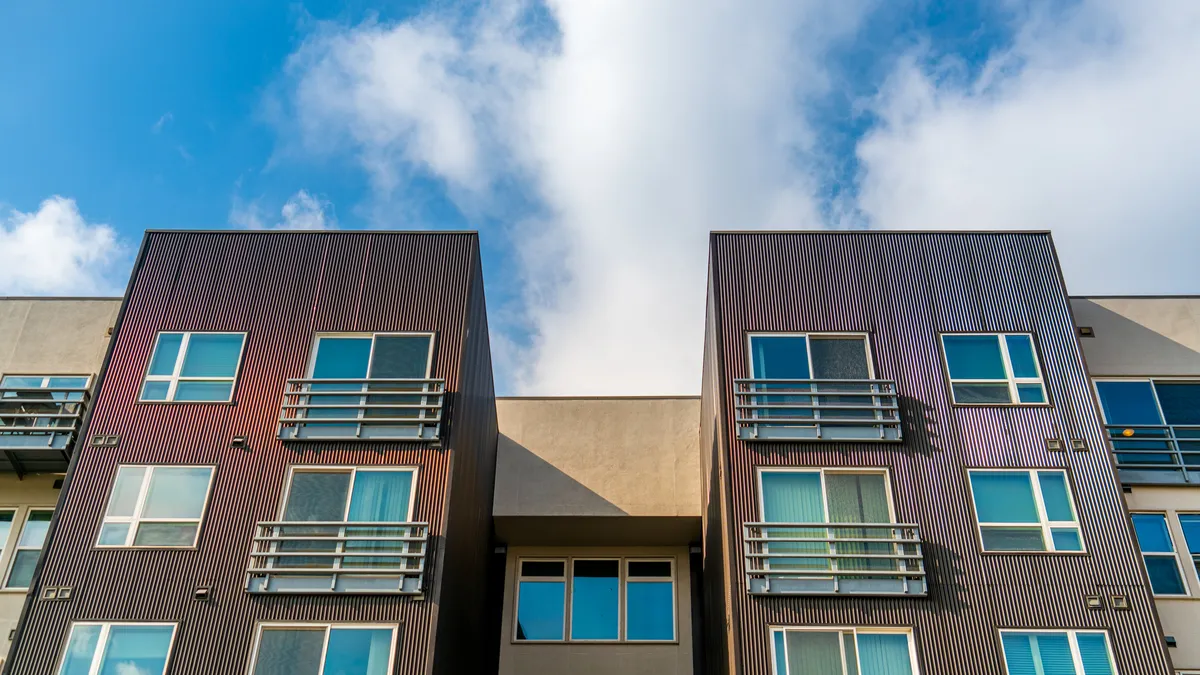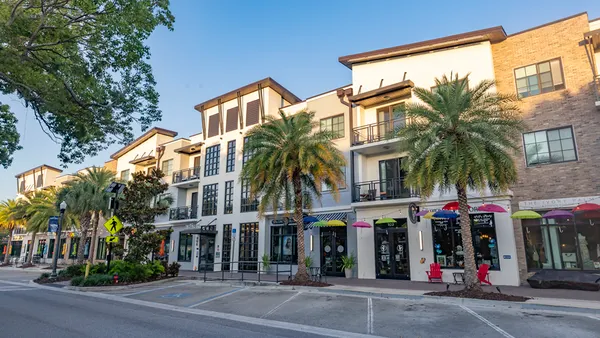Managed Wi-Fi has been so hot the past few years. If you’ve attended a conference since 2021, there has been a massive marketing push toward managed Wi-Fi. The value proposition is compelling: install a system once, offer seamless internet to every resident and enjoy the generated Net Operating Income (NOI) throughout the service term. But in 2025, many managed Wi-Fi networks deployed just a few years ago are already losing ground—not only in performance, but in asset value contribution.
I'll share why outdated equipment in many managed Wi-Fi deployments, especially those lacking support for the latest 6 GHz spectrum and likely Wi-Fi 7 features, is quietly eroding NOI. And unless upgraded, this erosion will persist and accelerate over time.
The problem with yesterday’s "Premium" Wi-Fi
Most managed Wi-Fi systems installed between 2018–2024 were considered premium at the time. These networks typically featured Wi-Fi 5 or early-generation Wi-Fi 6 access points, 1 Gbps switching infrastructure, and ‘up to 1Gbps’ internet handoffs for residents. For a number of years, this met or even exceeded resident expectations.
Fast forward to today, and the landscape has shifted:
- Wi-Fi 6E is widely adopted unlocking the 6 GHz band with ultra-low latency and minimal interference.
- Wi-Fi 7 is here to help device connection reliability, resiliency and performance unlike ever experienced before.
- Multigigabit devices are common—from smartphones to laptops, residents are bringing devices that support 2.5 Gbps+ connectivity.
- Streaming, gaming and remote work demand consistent, high-throughput, low-latency performance.
Yet most “managed Wi-Fi” providers are still deploying or supporting legacy infrastructure that tops out at 1 Gbps, lacks 6 GHz support and cannot take advantage of multi-link operations (MLO) or advanced wireless features.
"Up to 1 Gbps" is losing its value
From a marketing standpoint, “up to 1 Gbps” sounds fast—especially for properties that previously offered no service or only had cable services in the building. But let’s be real: in 2025, up to 1 Gbps over outdated infrastructure is not a premium experience. It’s table stakes. Multigigabit is everywhere from commercials to billboards, and in tons of homes.
More importantly, ‘up to 1Gbps’ is a performance ceiling that will soon feel restrictive:
- A modern Wi-Fi 6E or Wi-Fi 7 access point can push multi-gigabit throughput, but not if it’s on a 1 Gbps switch uplink.
- Shared spectrum congestion in the 2.4 and 5 GHz bands makes capacity unpredictable, especially in dense apartments.
- Without 6 GHz support, residents experience higher latency, slower speeds and lower satisfaction—regardless of your marketing.
The result? Resident experience declines, complaints increase and renewal rates begin to suffer. Worse, a forward-looking competitor with a newer deployment, advertising multigigabit services, Wi-Fi 7 and low-latency gaming optimization, makes your property look dated by comparison.
Stagnant networks, shrinking NOI
At the outset, managed Wi-Fi may have lifted your NOI. You were able to roll internet costs into rent or add service and amenity fees to the lease package, reduce churn and generate NOI. But those returns assumed ongoing relevance of the installed system.
In reality, technology depreciation is eroding the NOI uplift over time. Here’s how:
- Equipment obsolescence: Old access points and switches lack support for new features and cannot be upgraded via firmware. You pay a lot for equipment and licenses, so you’re likely locked in with outdated gear.
- Perceived amenity value drops: What was once a selling point becomes a liability. Residents expect more and don’t want to pay premium rent for yesterday’s tech. What you could once charge for this service, you will no longer be able to. Remember, multigigabit is everywhere and gaining momentum. But you’re scheduled to miss out...
- Revenue stagnates: Properties relying on legacy networks miss opportunities to market higher-tier services or offer resident-paid bandwidth upgrades. First pricing power will stagnate and then decline.
What was once NOI-positive can become NOI-neutral, or even NOI-negative. When you factor in compressed service value, declining resident satisfaction and the increasing gap between technology your residents use at home and the supporting Wi-Fi infrastructure, it makes you question the certainty of that NOI.
The economics of staying modern
While historically cost prohibitive, multigigabit infrastructure is achievable. High quality networking distribution equipment with up to 10 Gbps is now readily available, and the latest generation multigigabit residential wireless gear can be sourced competitively.
Even more importantly, next-generation platforms:
- Support 6 GHz operations with minimal interference and wider channels.
- Enable multi-link operation (MLO) and higher client density per AP.
- Allow tiered service models, including speed upgrades etc...
- Future-proof your investment as residents demand faster service.
Investing in modern infrastructure is no longer just a tech decision—it’s a financial decision that directly impacts revenue, NOI and long-term competitiveness.
If your property is using a managed Wi-Fi provider, ask:
- Are we broadcasting Wi-Fi 6E for resident service? 6 GHz spectrum and 160 MHz channels?
- What generation are our APs Wi-Fi 4/5/6/7?
- Is our switching infrastructure capable of 1Gbps, 2.5 Gbps or 10 Gbps per port?
- Are there multigigabit speed upgrades available to residents?
- Are we seeing increasing Wi-Fi complaints or support tickets?
If the answer to these questions is uncertain—or worse, “no”—your NOI may be at risk.
Managed Wi-Fi should not be a "set it and forget it" investment. Like any modern amenity, it must evolve to maintain value. As internet demand grows and device capabilities accelerate, old infrastructure becomes a liability. A once-beneficial service turns into a limiting factor, slowly choking off resident satisfaction and NOI growth.
The solution isn’t to abandon managed Wi-Fi, it’s to modernize it. Properties that invest in multigigabit switching, 6 GHz spectrum and scalable platforms are not only meeting today’s expectations, they’re positioning themselves for tomorrow’s upside.
Because in multifamily real estate, your network is no longer invisible infrastructure. It’s an asset—or a liability—on your balance sheet.








